Time passes fast in F1 and perceptions are inevitably strongly front-loaded towards the recent past. But it was only three seasons ago when Ferrari produced what was probably F1’s fastest car, one which further developed the hugely influential aerodynamic features introduced on its immediate predecessor, 2017’s SF70H.
The SF70H and the SF71H did not feature the extreme apparent horsepower advantage over Mercedes that was the case in 2019 and which led to the infamous FIA investigation of last winter. Rather the 2017-18 Ferraris achieved their performance from ingenious and aggressive chassis design in the first two years of the ‘wide-body’ regulations.
It made for cars which worked over a wider operating band than the rival Mercedes models, and were generally easier to set up, more lithe in their behaviour and better on the tyres.
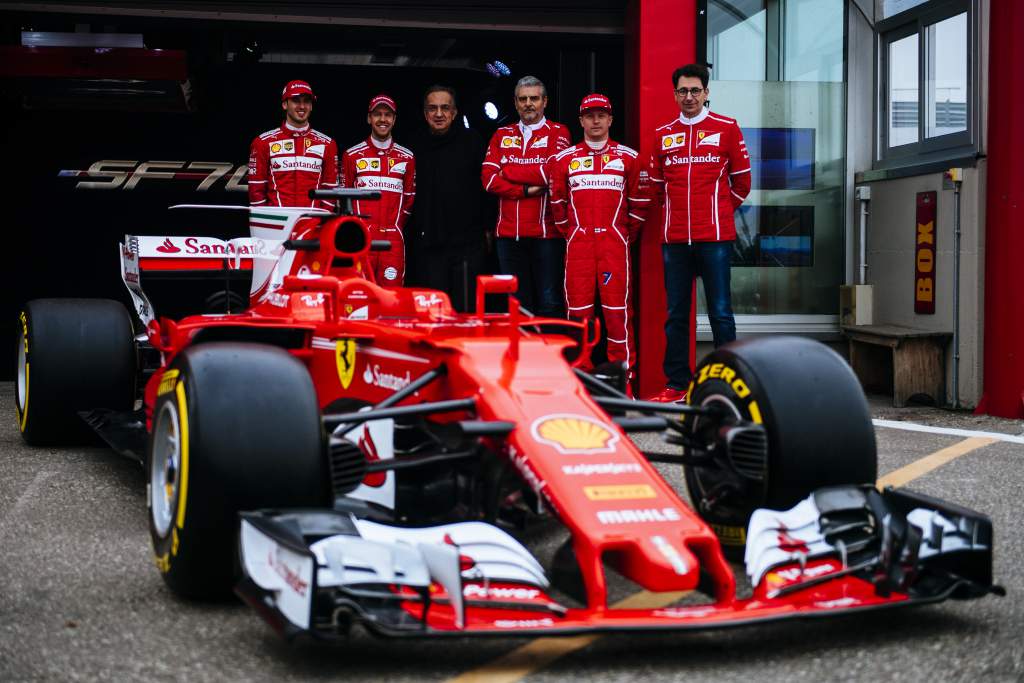
The SF70H of 2017 was significantly shorter in wheelbase than the ‘diva’ Mercedes W08, although not quite as short as the Red Bull RB13 of that year.
The key innovation was in the interpretation of the new bodywork regulations around the side impact structures. The forward part of the sidepod and the radiator inlets were set back from the side impact beams rather than wrapping around them.
This pared-back feature allowed more aerodynamic vanes and flaps to be mounted there, but it also allowed the air out-washed around the tyres more space to realign itself before the sidepods. Which in turn meant the front axle did not need to be extended forward as far as on the Mercedes.
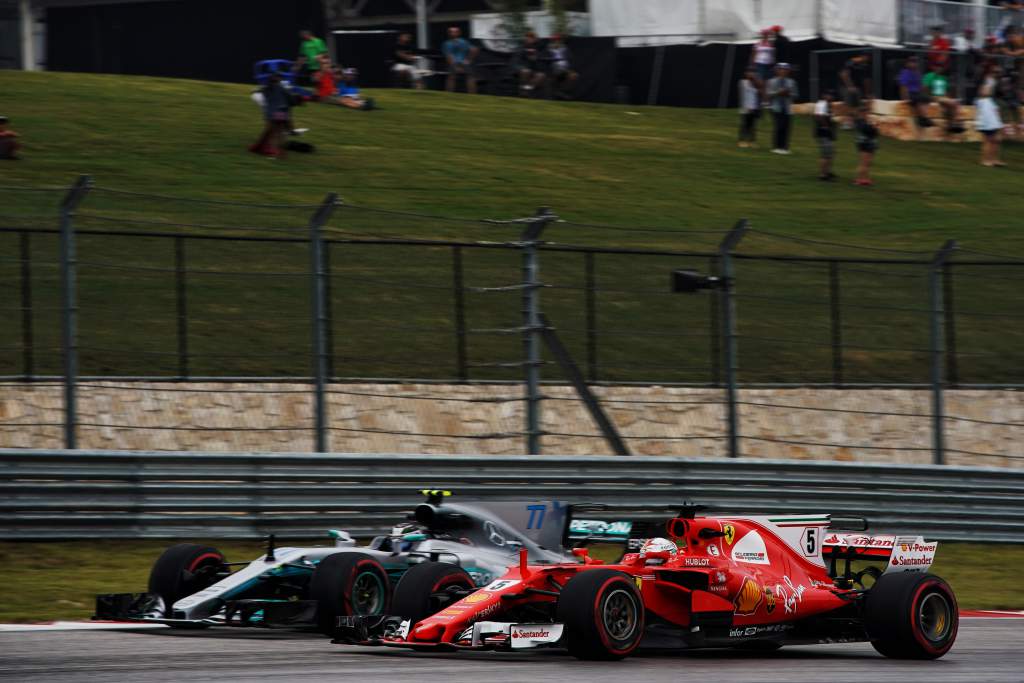
This contributed towards that smaller wheelbase, which was key in the car being significantly lighter than the Mercedes and able to comfortably get far enough below the weight limit so that ballast could be used to give the full range of weight distribution required over the season.
The Mercedes could not initially even get down to the weight limit, let alone use ballast. Which narrowed its set-up options.
Getting the cars down to the weight limit when they were so much bigger and with physically bigger wheels, tyres and brakes was very much part of the challenge of the wide body regs – and Ferrari had been very successful in this. All derived from that sidepod innovation.
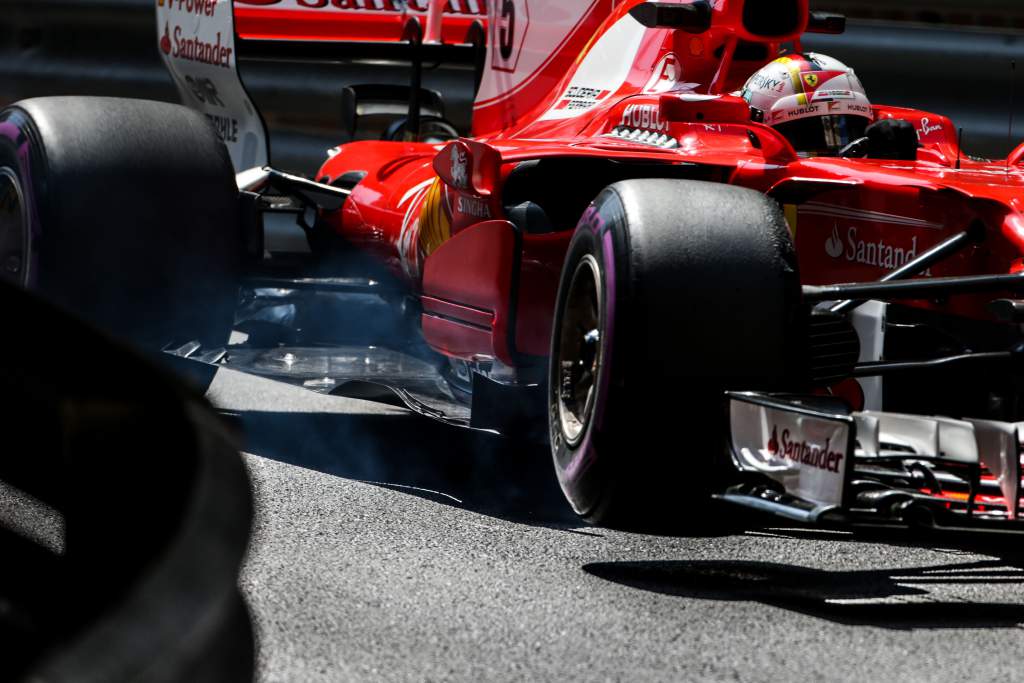
It didn’t have the Mercedes’ high-speed downforce (derived from the long Merc’s big floor area) but it was a more responsive car into slow corners and a visibly less demanding drive. The car was in general much easier to set up and tended to be able to keep in tyres in good shape for longer.
By comparison the Mercedes was, ‘too nervous at high speeds, too stable at slow,’ as summarised by Merc’s James Allison. The bigger the spread of corner speeds at any given circuit, the more acute that problem and the better the Ferrari looked.
Where the Ferrari lost out was in sheer grunt – especially in Q3 where the Mercedes ‘party mode’ was worth as much as 0.3s over Ferrari’s – and with a higher drag level resultant from the shorter wheelbase. As an average over the season it qualified 0.216s adrift of the Mercedes – despite an engine 0.3s down in Q3.
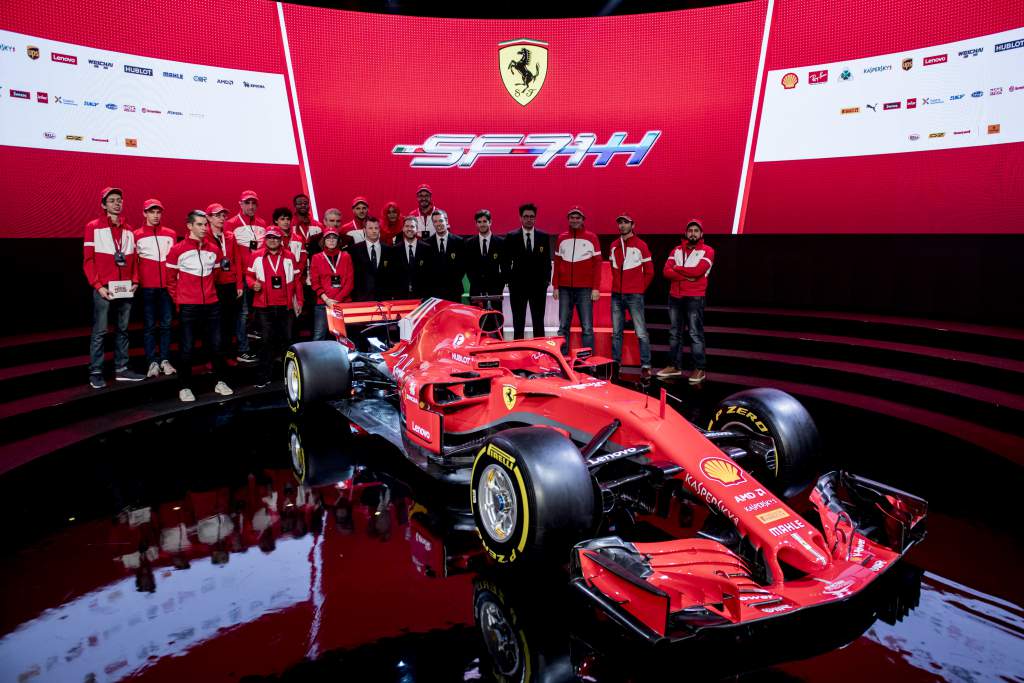
For 2018 Ferrari stuck with the same basic philosophy, but went less extreme with the short wheelbase in order to reduce the drag penalty. It was still a lot shorter than the Mercedes, however – and this time the power unit department had been able to deliver a Mercedes-matching Q3 mode.
It made for a car that was probably faster overall than the Mercedes but for a variety of reasons – operational, driver and weather – its title challenge collapsed.
Ferrari’s productive design philosophy was derailed into 2019 by the imposition of several new regulation restrictions.
The limitation of the under-nose vanes and reduction in bargeboard height – imposed to improve the raceability of the cars – in particular seemed to more heavily punish the shorter Ferrari. Red Bull suffered similarly as without the extra aerodynamic tools it became much more difficult to accurately control the airflow around the front axle-barge board area.
The longer Mercedes seemed less adversely effected and in hindsight that was perhaps also to do with the very slim nose Mercedes had chosen at a time when Ferrari (and Red Bull) had stayed with the wide nose.
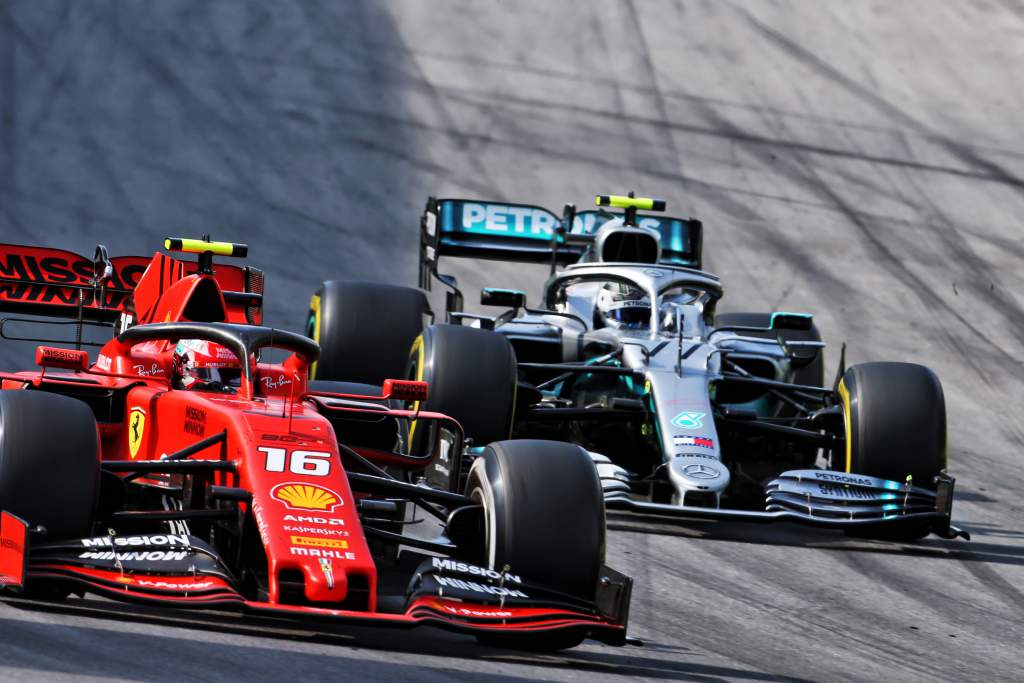
Although the 2019 Ferrari enjoyed a very significant power advantage over Mercedes (GPS suggested around 25bhp in qualifying, around 10bhp in the races), it was less competitive than the 2018 car as its front end could never be adequately loaded.
It was a far less balanced car than its two predecessors. For 2020 the downforce shortfall was addressed but then came the swingeing power clip from the FIA, meaning the SF1000 was running with too high a drag level for its power.
The deferral of the all-new aero regs until 2022, and the limited changes that can be made between last season and this, has hamstrung Ferrari into running with an outdated nose concept longer than would have been the case otherwise.
But it could perhaps also count itself unlucky in the way that the 2019 regulation tweak impacted upon what had been a very sweet development curve of a very original theme. Ferrari continues to play catch-up.



